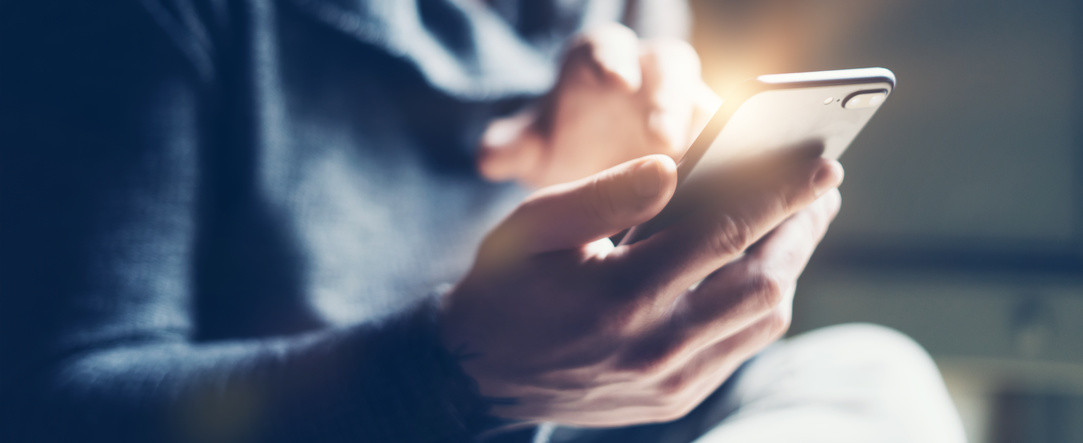
The iPhone has been popular for years, with nearly 395 of these devices being sold every minute. But while there are countless Apple devotees, even most of them will admit that this beloved technology is far from perfect. Since we rely on our phones for just about everything, it’s no surprise that many of us experience feelings of panic when our batteries start to die. Sometimes, our battery usage makes sense. But other times, it’s baffling. Here are three common yet frustrating battery issues that iPhone users experience — and what you might be able to do to fix them before you head in for repairs.
PROBLEM: My iPhone Won’t Charge Unless It’s Positioned At a Certain Angle
Solution: This could be due to a couple of factors. One might be that there’s debris clogging up your phone’s charging port, which will make it harder for your cell phone cables to work as intended. You can test out this theory by carefully cleaning and scraping out your port with something like a toothpick.
If that doesn’t do the trick, it could be a problem with your charging cable. If you’ve purchased knock-off cell phone charging cables, they might not actually be compatible with your iPhone. Apple tried to ensure that only licensed lightning cables would work with their devices, which is actually a good thing. Cheap cell phone cables can actually damage your phone and will break easily. So if you’re relying on a tattered cable you bought for cheap, you’ll probably want to invest in some new, high-quality cell phone cables to ensure your battery will charge correctly.
PROBLEM: My iPhone’s Battery Charge Drops Rapidly and Randomly
Solution: Your battery percentage shouldn’t be decreasing in large chunks. Unless you’re using a battery draining game or your iPhone is extremely old, it’s just not a normal occurrence. It could be because the battery is actually mis-calibrated. In other words, your phone is misreading the battery percentage. The good news here is that it might not be a battery issue and can be fixed at home.
This kind of thing often happens after a major operating system update. To fix it, you’ll want to charge your phone up to 100% without using it at all during this period. Then, use your phone normally until it turns off. If you can power it back up, do so and use it normally until it turns off again. Keep repeating these steps until you are unable to turn the phone back on. Then, charge your phone (uninterrupted) again until it reaches 100%. This should recalibrate the battery and prevent the problem from happening again.
PROBLEM: Even Though I’ve Been Charging It, My iPhone Won’t Turn On
Solution: If your phone has shut off and won’t turn back on, all might not be lost. A battery that’s completely and totally drained might not turn on after 15 minutes of being plugged into its charger. It can take an hour before it boots up again. Removing your phone from its power source before it’s reached a specific charging threshold can cause this to happen, as well. Just be patient and leave the device for about an hour, plugged into its cell phone cable.
If that doesn’t prove successful, you can perform what’s known as a hard reset. The process is different depending on which generation of iPhone you have; for older iPhones, you’ll need to hold down the power and home buttons simultaneously for 15 seconds, but newer phones require some maneuvering between the volume buttons and the power button. You should see the Apple logo pop up after performing this step. If that doesn’t work and you’ve backed up your phone, you can restore its factory settings in the hopes that it will power on again — or you may want to take it to the Apple store for repairs.
Many of us suffer from low battery anxiety, but it’s even worse when your iPhone battery starts to misbehave. Fortunately, the explanation may be simpler than you’d think.






